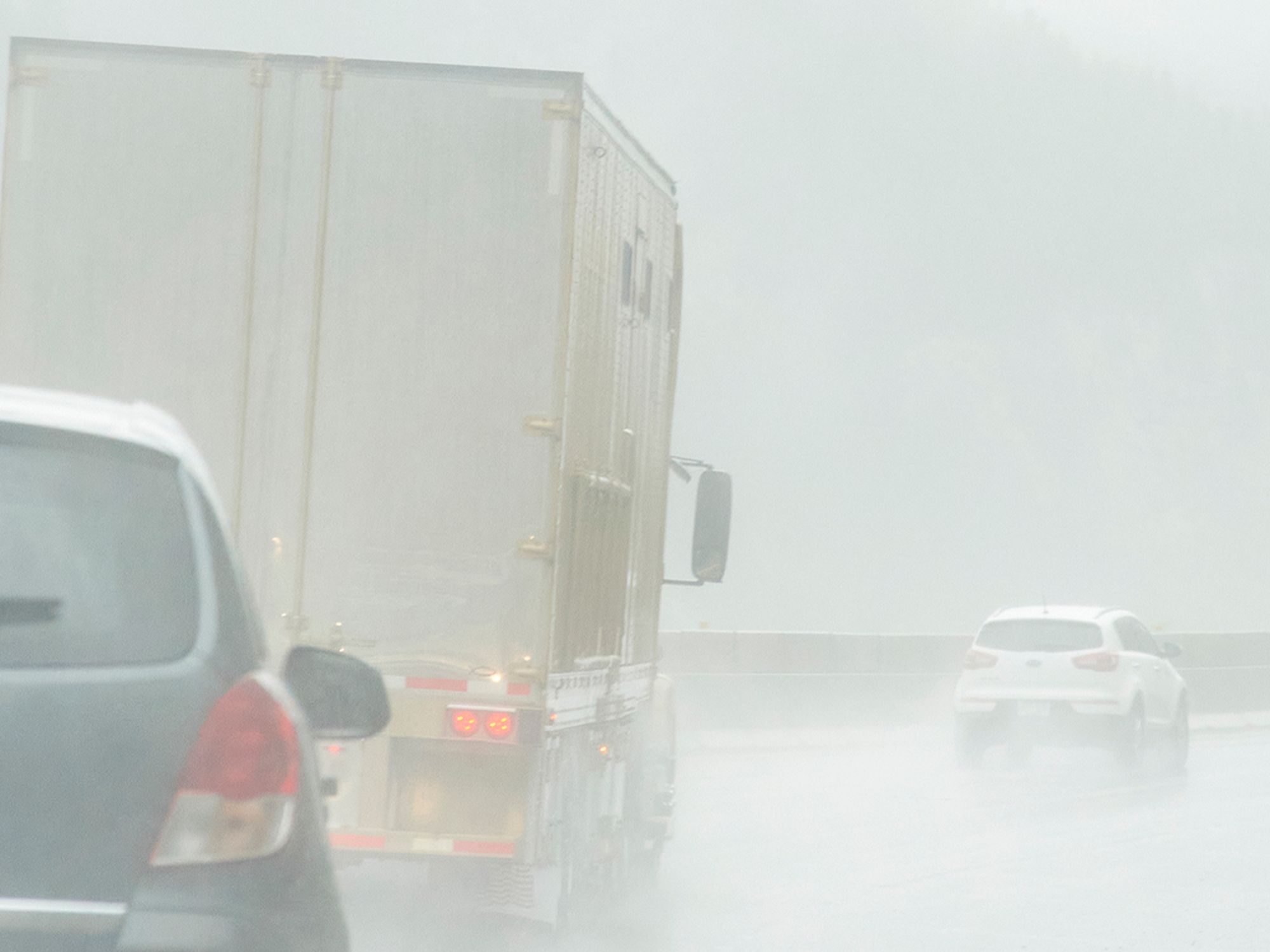Primary and secondary NAAQS

- Primary NAAQS protect everyone including “sensitive populations” from health risk.
- Secondary NAAQS address decreased visibility and damage to crops and vegetation, buildings and property, and ecosystems.
The Environmental Protection Agency (EPA) sets requirements for both primary and secondary national ambient air quality standards (NAAQS) at a national level. Primary NAAQS protect everyone including “sensitive populations” (e.g., children, people with asthma, and the elderly) from health risk. Secondary NAAQS address decreased visibility and damage to crops and vegetation, buildings and property, and ecosystems. The standards correspond to a specific averaging time, and some pollutants have standards for more than one averaging time.
The current primary and secondary NAAQS are listed in the table below. The units of measure are parts per million (ppm) by volume, parts per billion (ppb) by volume, and micrograms per cubic meter of air (µg/m3).
| Pollutant | Primary/ Secondary | Averaging time | Level | Form |
|---|---|---|---|---|
| Carbon monoxide (CO) | Primary | 8 hours | 9 ppm | Not to be exceeded more than once per year |
| 1 hour | 35 ppm | |||
| Lead (Pb) | Primary and secondary | Rolling 3-month average | 0.15 μg/m3 (1) | Not to be exceeded |
| Nitrogen dioxide (NO2) | Primary | 1 hour | 100 ppb | 98th percentile of 1-hour daily maximum concentrations, averaged over 3 years |
| Primary and secondary | 1 year | 53 ppb (2) | Annual mean | |
| Ozone (O3) | Primary and secondary | 8 hours | 0.070 ppm (3) | Annual fourth-highest daily maximum 8-hour concentration, averaged over 3 years |
| Particle Pollution (PM) — PM 2.5 | Primary | 1 year | 9.0 μg/m3 | Annual mean, averaged over 3 years |
| Secondary | ||||
| Primary and secondary | 1 year | 15.0 μg/m3 | ||
| Particle Pollution (PM) — PM 10 | Primary and secondary | 24 hours | 35 μg/m3 | Annual mean, averaged over 3 years |
| 98th percentile, averaged over 3 years | ||||
| 24 hours | 150 μg/m3 | Not to be exceeded more than once per year on average over 3 years | ||
| Sulfur dioxide (SO2) | Primary | 1 hour | 75 ppm (4) | 99th percentile of 1-hour daily maximum concentrations, averaged over 3 years |
| Secondary | 3 hours | 0.5 ppm | Not to be exceeded more than once per year | |
| (1) In areas designated nonattainment for the Pb standards prior to the promulgation of the current (2008) standards, and for which implementation plans to attain or maintain the current (2008) standards have not been submitted and approved, the previous standards (1.5 µg/m3 as a calendar quarter average) also remain in effect. (2) The level of the annual NO2 standard is 0.053 ppm. It is shown here in terms of ppb for the purposes of clearer comparison to the one-hour standard level. (3) Final rule signed October 1, 2015, and effective December 28, 2015. The previous (2008) O3 standards additionally remain in effect in some areas. Revocation of the previous (2008) O3 standards and transitioning to the current (2015) standards will be addressed in the implementation rule for the current standards. (4) The previous SO2 standards (0.14 ppm 24-hour and 0.03 ppm annual) will additionally remain in effect in certain areas: (1) any area for which it is not yet one year since the effective date of designation under the current (2010) standards, and (2) any area for which an implementation plan providing for attainment of the current (2010) standard has not been submitted and approved and which is designated nonattainment under the previous SO2 standards or is not meeting the requirements of a State Implementation Plan (SIP) call under the previous SO2 standards (40 CFR 50.4(3)). A SIP call is an EPA action requiring a state to resubmit all or part of its State Implementation Plan to demonstrate attainment of the required NAAQS. | ||||
